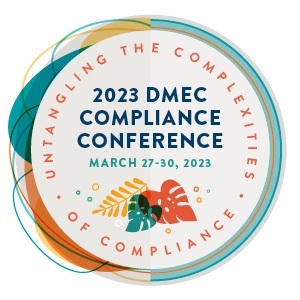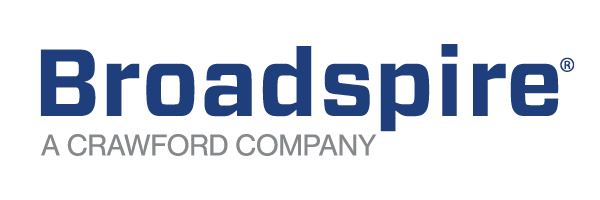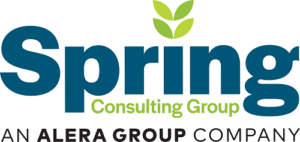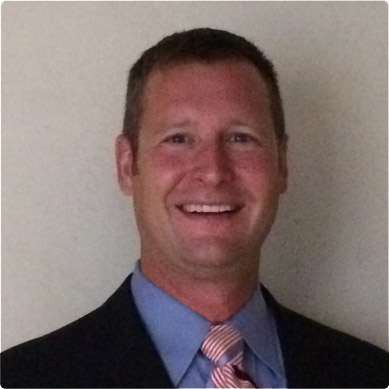
“It’s our job to make sure that no one is left behind. I encourage you to want to be a bridge to allow people to exist in their spaces and in their lives in a world that is both complex as well as contradictory,” Jamira Burley told hundreds of absence and disability professionals at the 2023 DMEC FMLA/ADA Employer Compliance Conference in Orlando.
As keynote speaker, Burley — an award-winning social activist and impact advisor — encouraged managers to create inclusive spaces by listening carefully to employees and having uncomfortable conversations to encourage employees to be fearlessly authentic.
Those recommendations were echoed by speakers throughout the conference, held March 27-30, who discussed a variety of topics within the compliance umbrella, including mental health; diversity, equity, inclusion, and belonging (DEIB); digital accessibility; social determinants of health; and paid family and medical leave (PFML) laws.
The leave landscape, as some speakers described it, is increasingly difficult to manage for employers, some of whom manage hundreds of laws that include safe and sick leaves, expanded bereavement plans, greater pregnancy protections at the state and federal level, and more. And they must ensure access in remote and virtual environments, assess policies to identify and address bias, and comply with the federal Family and Medical Leave Act (FMLA) and the Americans with Disabilities Act (ADA).
Issues with PFML execution may be limited since it is relatively new. But challenges with FMLA implementation remain 30 years after it was passed, Helen Applewhaite, director of the Division of FMLA and other acts for the Department of Labor (DOL), told attendees. Her team has conducted employee surveys to assess usage and barriers. “One of the things we’ve learned … is that workers still don’t know about their protections under the FMLA,” she said.
Applewhaite encouraged employers to peruse the FMLA 30 webpage1 and use updated resources2 to ensure employees know what protections exist and employers understand their obligations. She reviewed some of the conditions — including eating disorders and anxiety disorders — that are not well recognized as covered conditions. “It’s really important to know that mental health conditions are health conditions for which employees need leave,” she said. And, she stressed, these conditions may be covered by federal law.
A Focus on Absence and Disability
Attendees heard insights from legal experts and colleagues, who talked about common pitfalls and shared guidance for navigating leave laws in multiple states to ensure compliance.
“Every day was full of valuable information, fun activities, and excellent networking,” said Taylor Huffner, Schwab, a first-time attendee. “In an industry that is so complicated and ever-changing, it’s fantastic to have DMEC to rely on to keep us up to date and compliant with ADA and FMLA regulations.”
The first day focused on PFML trends. Each speaker shared unique nuances to the laws that vary by state — from pregnancy extenders and requirements to differentiate time taken for prenatal versus postnatal and bonding leaves to the legal necessity to deduct total time appropriately for each.
“What I can assure you is that your female employees don’t understand those” differences, Lori Welty, Esq., senior vice president of product compliance, FINEOS Corp., told attendees. “There’s not necessarily an understanding of how you’re taking the leave [in terms of how it’s deducted] but real-life implications to it.”
Using case studies to illustrate complexity that can lead to liability, speakers shared resources to track leave laws and distinguish between waiting periods and payment timelines, definitions for eligible family members (and relationships), methods to count workweeks, and more.
PFML laws are, as one speaker noted, similar but maddeningly different. And “they are different enough that they cause confusion,” said Abigail O’Connell, JD, senior counsel, Sun Life.
In addition to addressing PFML laws, sessions provided specifics on caregiver needs, mental health challenges, the need to assess policies through a DEIB lens, and the legal liabilities that technology can introduce. Common themes included the need for consistent application (and knowledge) of employer policies, ongoing supervisor and manager training, use of resources to educate employees about their rights, and the ability to listen carefully to what employees say and allude to during conversations.
Eligibility
References to “active listening skills” were common throughout the conference. While this has always been an essential skill set for managers, it is especially pertinent today as some states broaden eligibility for PFML to include sick and safe leave within that law.
For example, in California, employees can identify a “designated person,” and in Connecticut, employees can name someone who is “equivalent to family,” whose medical conditions would be eligible for the employee to use PFML.
Employers were encouraged to err on the side of caution when it comes to who employees can include in their definitions of family members. Noting a lack of abuse in this arena, Welty and O’Connell acknowledged that PFML laws recognize a fluidity of relationships that didn’t exist in 1993, when the federal FMLA was passed.
In addition to catching up with the times, PFML laws should prompt discussions about how or whether short-term disability plans are necessary or add value in statutory PFML states. A panel of experts discussed the issue during the conference and noted that while it may become increasingly difficult to get employees to pay for STD plans in statutory PFML states, it can bridge pay gaps caused by waiting periods, which vary by state.
Keeping an Ear to the Ground
Multistate employers must also consider that sick and safe leave laws provide extra rights for nonmedical reasons related to employees who are victims of stalking, domestic violence, and other crimes. To ensure compliance, managers and supervisors must listen carefully to what employees tell them and refer to human resources and absence and disability specialists if they think the person might be in danger. Those situations may be increasingly difficult to discern.
For example, it is dangerous to assume a request for time off to change house locks would be home maintenance, which falls outside the framework of leave laws. The request could be a sign an employee is in danger. And, if so, that would be a covered reason for leave under sick and safe leave laws.
Employees who are victims of these types of crimes may also need time away from work to attend court, conduct safety planning, and support family members.
With these and other legal nuances to leave laws, employers must train managers and supervisors to “actively listen” to ensure compliance, speakers stressed. When in doubt, they should refer employees to specialists because there are an increasing number of options for employees, many of whom expect generous leave benefits that support physical and mental health.
Mental Health
Several sessions focused on mental health and wellness during the conference and provided practical tips as employers report high mental health-related accommodation requests.
A representative from the Job Accommodation Network noted that the nonprofit organization fielded more employer requests for mental health resources from January through February 2023 than ever before. And speakers from The Standard shared startling statistics about deaths by suicide and those attributed to alcohol and substance use disorders, or “diseases of despair,” which are at an all-time high.
Yet there are actions employers can take to change this trajectory.
“There’s a lot we can do to help you create a mentally healthy workplace,” said Kristin Tugman, PhD, CRC, LPC, Prudential. More employees are prioritizing their families and well-being “like we never have before,” she said.
As a result, employers should consider how they support that shift and create mentally healthy workplaces. “It’s almost a moral imperative that we are keeping mental health as a priority,” she added.
Tugman shared suggestions — from talking openly and honestly about mental health to saying “died by suicide” instead of “committed suicide” and training managers to encourage employees to ask for help. “Every claim, every condition has a mental health component to it,” she said.
The variety of sessions at the conference, which ended with a compelling presentation about the Supreme Court’s Dobbs decision, illustrates the breadth and depth of employer compliance. And the ability to gather resources and insights will help thousands of people.
As Burley noted, “You are the people in the trenches creating policies that can change peoples’ lives.”
References
- Department of Labor. 30 Years of Family and Medical Leave. Retrieved from https://www.dol.gov/agencies/whd/fmla/fmla30
- Department of Labor. Resources for Employers. Retrieved from https://www.dol.gov/agencies/whd/employers





































